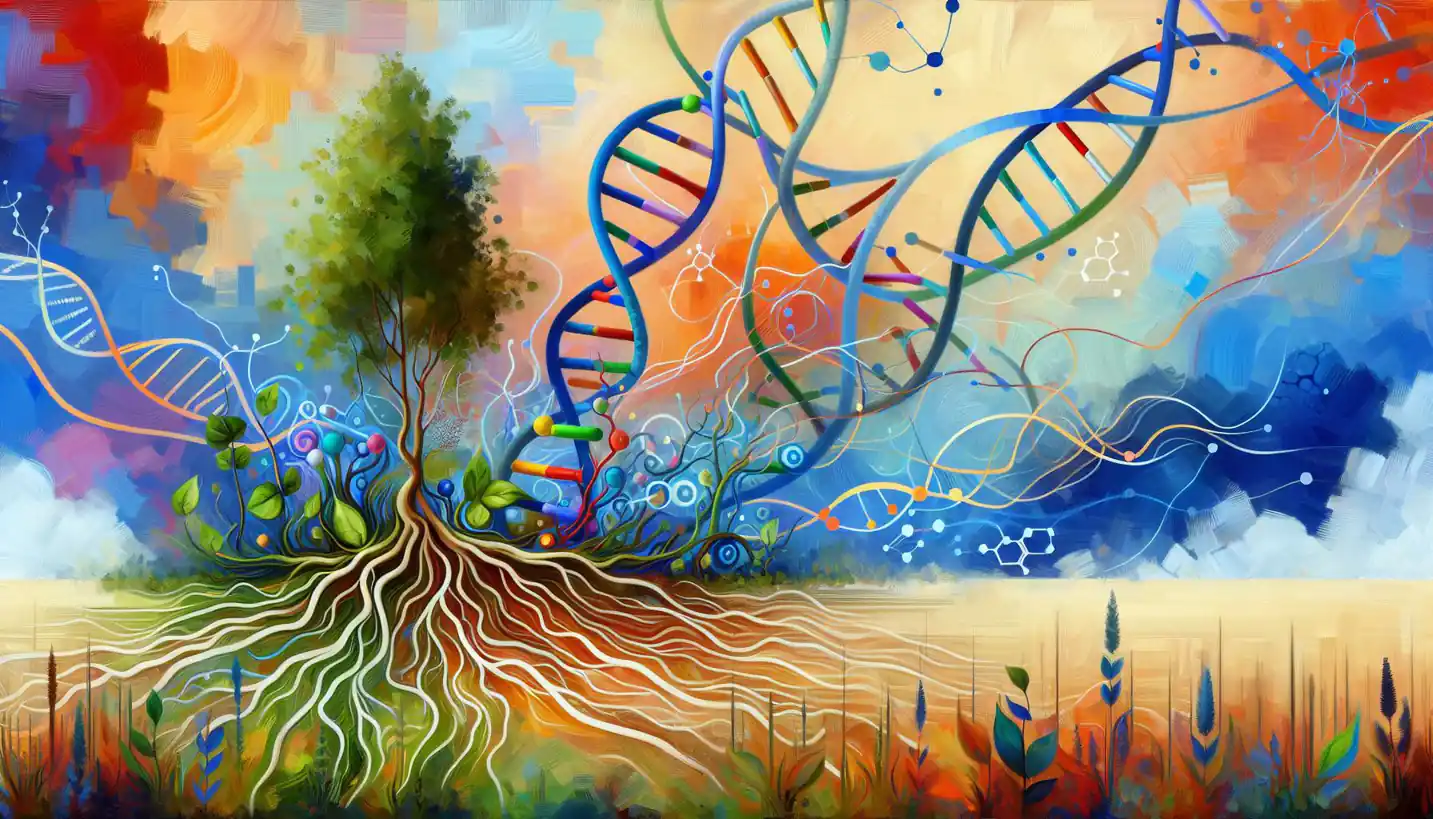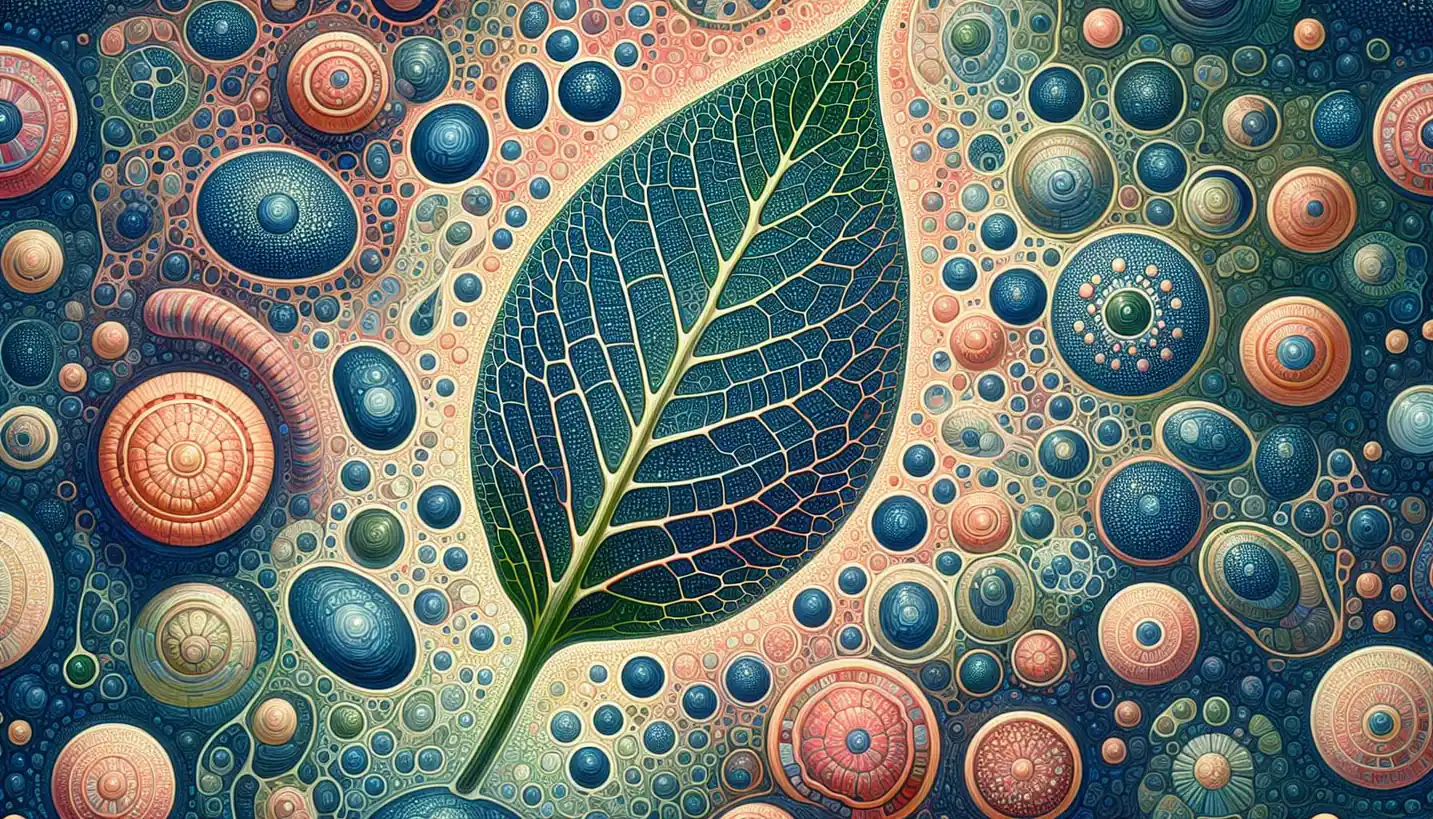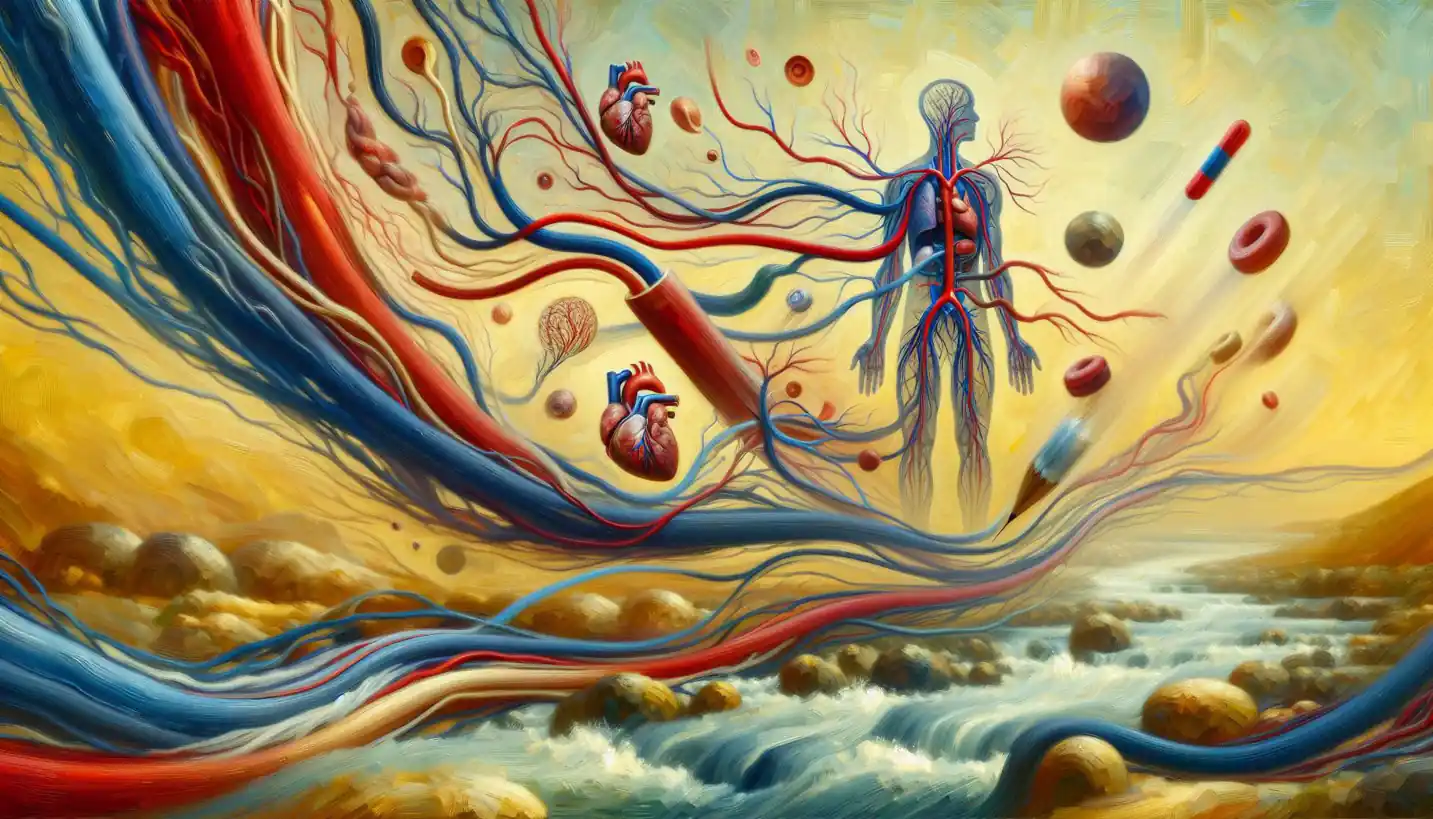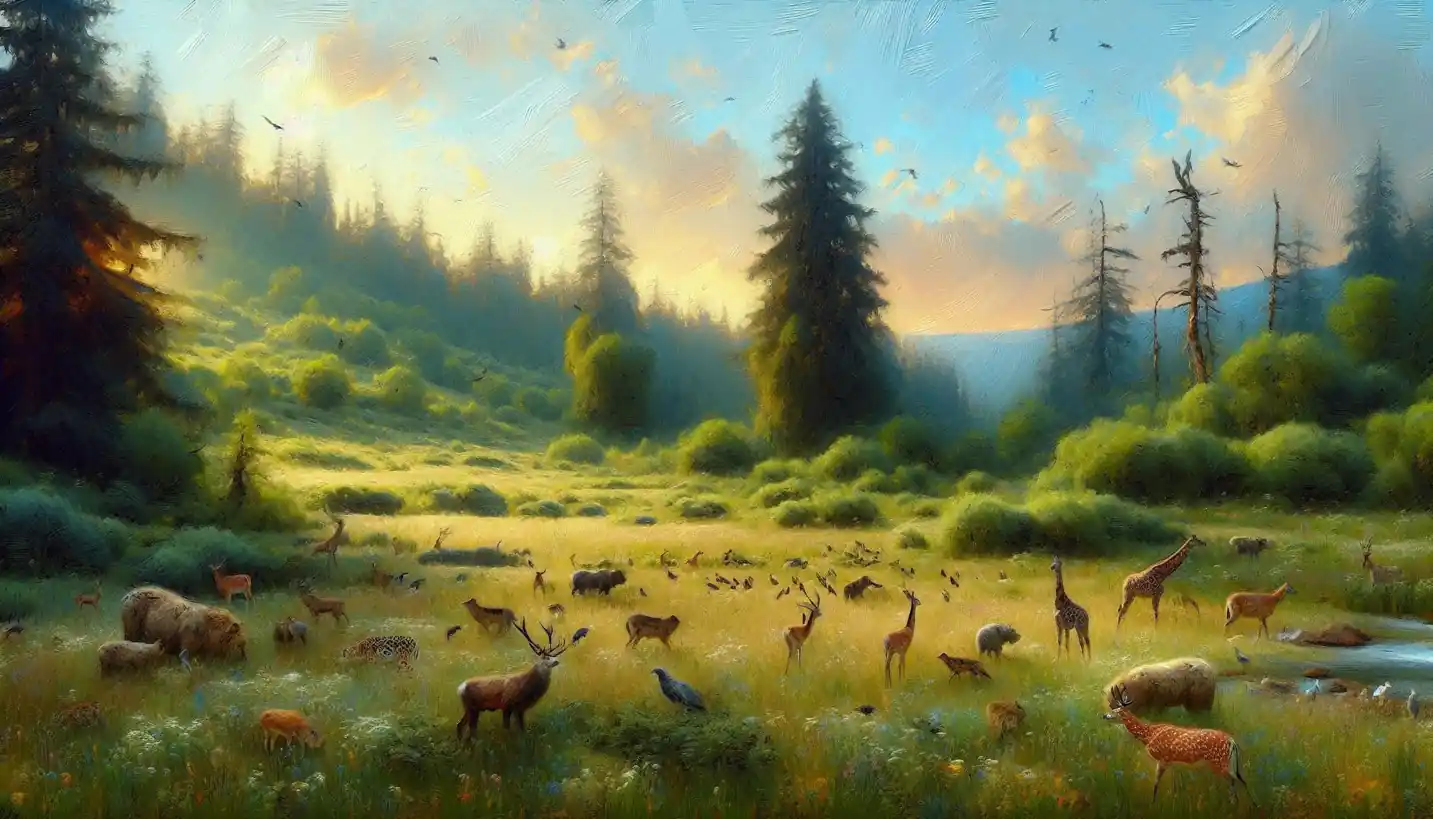· Biology · 4 min read
Habitat Fragmentation: Understanding Its Impact on Nature
Habitat fragmentation breaks apart natural spaces, creating challenges for wildlife and ecosystems. Understand the impact of these separations on global biodiversity.
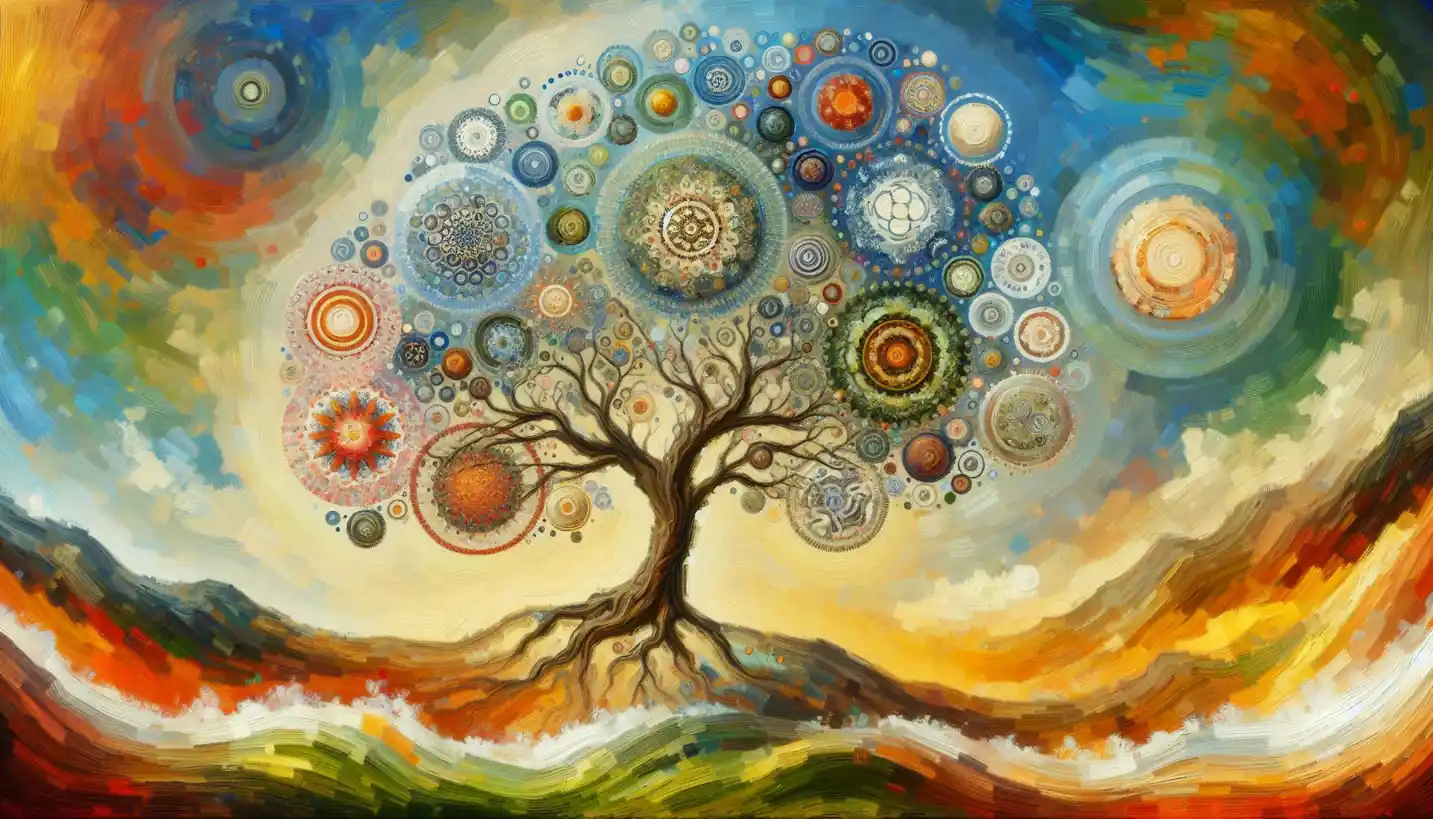
In cities or the countryside, you might have noticed large patches of untouched nature broken up by roads, farms, or urban developments. This phenomenon, called “habitat fragmentation,” is like cutting a big piece of cake into smaller slices and scattering them across a table. When habitats turn into isolated patches, it becomes a big deal not just for animals, but also for plants, the environment, and even us humans.
What is Habitat Fragmentation?
Habitat fragmentation occurs when large, continuous areas of habitat are divided into smaller, more isolated patches. Imagine a vast forest. When a highway is built right through it, the forest isn’t one big home anymore; it’s split into several disconnected sections. This separation happens in forests, grasslands, wetlands—nearly every type of habitat can be affected.
Why Should We Care?
Now, why is this important? Just like we need communities, animals and plants do best when they have a large, connected habitat. Fragmentation means less space and resources, which might lead to crowded living conditions and increased competition for food and mates.
Effects on Wildlife
Many animals rely on large territories to find food, mates, and shelter. When their home becomes fragmented, animals can find it difficult to survive. Predators might find it hard to hunt, while prey could have nowhere to hide. Think about a deer that once roamed freely across a large forest but now has to navigate roads and fences.
Bird migrations can also be disrupted because fragmented habitats might not provide the stopover sites birds need to rest and refuel. Species like tigers and wolves, which require vast ranges, are particularly vulnerable.
Impact on Plant Life
Plants also face challenges. When habitats break apart, so does the natural dispersal of seeds. Pollinators like bees and butterflies may not be able to travel between fragments, resulting in reduced pollination. Imagine a beautiful garden split by walls—plants on one side may struggle to connect with pollinators and fellow plants on the other.
Genetic Diversity and Ecosystem Health
A big consequence is the effect on genetic diversity. When animal and plant populations are isolated, it’s like having a small group chat instead of a big community meeting. The smaller the group, the less genetic variation there is, which can lead to inbreeding and reduced resilience against diseases and changing environments.
Ecosystems thrive on variety. Different species work together in a delicate balance, like instruments in an orchestra. Fragmentation can disrupt this harmony, potentially leading to the decline of certain species and ecosystem functions.
Human Influence and Solutions
Humans often drive habitat fragmentation through activities like urban development, agriculture, and road construction. However, just as we contribute to fragmentation, we can also help mitigate its effects.
Creating Wildlife Corridors
Think of corridors like nature’s bridges. They allow animals to safely cross human barriers and connect separated habitats. By establishing wildlife corridors, we can enable safer movement and encourage genetic exchange between isolated populations.
Protected Areas and Planning
Building protected areas and developing strategic land-use plans can help maintain large, unbroken habitats. Setting aside land for conservation ensures that wildlife can thrive without human interference.
Engaging in Restoration Projects
Replanting trees and restoring degraded habitats can reconnect fragmented areas. It’s like stitching a patchwork quilt to bring disconnected patches back together.
Looking Ahead
While habitat fragmentation presents challenges, it also offers us an opportunity to rethink our relationship with the natural world. By understanding its impacts and working toward solutions, we can support biodiversity and ecological health.
Questions for Exploration
As we learn more about habitat fragmentation, it sparks questions that drive future research. How can urban planners integrate green spaces effectively? What innovative technologies can help monitor fragmented landscapes? These questions not only guide scientific exploration but also inspire collective action.
Conclusion
Habitat fragmentation is a complex issue with far-reaching effects, but it’s something we can address with awareness and effort. Imagine a world where animals cross roads safely, plants thrive in connected habitats, and cities harmonize with the landscape. Understanding and addressing habitat fragmentation brings us closer to this vision, supporting a future where humans and nature flourish together.
So next time you see a forest edge or a park surrounded by roads, think about the invisible threads of life that keep ecosystems connected. With mindful action, we can help weave these threads back together and ensure a healthier planet for all.
